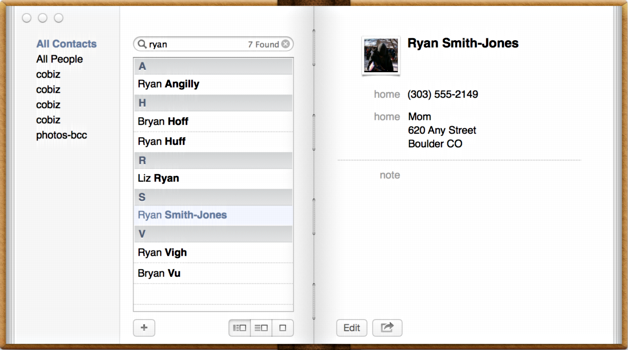
For example, contacts are in the navigation pane on the People tab, email messages are in the navigation pane on the Mail tab, calendar items are in the navigation pane on the Calendar tab, and so on. Note that the contents of the user’s Home folder can be saved in a disk image in the Deleted Users folder (just in case you need to retrieve something). Mac OS X displays the confirmation sheet. Click the Delete User button (which is smartly marked with a minus sign). Imported items appear on the navigation panes (Mail, Calendar, People, Tasks, Notes) under On My Computer. Click the account that you want to delete in the Current User list. olm file on your Mac, and then choose Import.
Can i delete the main identity file for outlook on my mac for mac#
In the Import box, select Outlook for Mac archive file (.olm) > Continue.

In Outlook 2016 for Mac or Outlook 2019 for Mac, on the Tools tab, choose Import. It appears to be in /users/username/Documents/Microsoft User Data/Office 2011 Identities/Main Identity/Database HOWEVER, if youd like to work with the. olm file to the new one (see the Apple web site for instructions). If moving from one Mac to another, transfer the. olm file and note the location where you save that file. You may not see the application load up at all. olm file because you'll need it during the import process.Įxport your Outlook for Mac email messages, contacts, calendar items, tasks, and notes to a. Problem When you open Outlook on your Mac, it opens for a brief moment and then closes.


If you're moving from one Mac to another or upgrading from Outlook for Mac 2011 to Outlook 2016 for Mac or Outlook 2019 for Mac, export your email messages, contacts, calendar items, tasks, and notes to a. olm file is the data file used by Outlook for Mac to archive your email messages, contacts, calendar items, tasks, and notes.


 0 kommentar(er)
0 kommentar(er)
